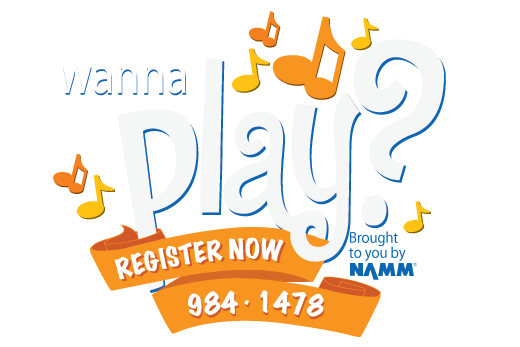| Benefits of Preschool Music Lessons |
|
Who would have thought that active involvement in music before school would help children do better in reading and math when they start school? Studies in the 1990s showed that music training develops spatial reasoning skills in young children. Your Child’s Special Learning WindowJust as preschoolers learn languages easily during their early years, music is also easier to learn at this time. The child is wired to learn control of the vocal chords and to feel the beat. The richer the musical environment, the faster your child’s musical sensitivity develops. In fact, researcher Edwin Gordon has demonstrated that this is the window where your child is most likely to develop musical aptitude. If you don’t nurture your child’s development now, that wonderful inborn potential for musical development may actually waste away. Develop Vocal SkillsAnyone can enjoy listening to music. Learning to use the voice in song is a different skill than speaking. At birth, an infant has a wide vocal range, just waiting to be harnessed. Knowing how to sing when half of your kindergarten classmates can’t can be a real confidence booster! Develop CoordinationRhythm is an important part of developing a sense of space and coordination, and MUSIC IS RHYTHMICAL. It naturally encourages the development of large muscle control. Taking up a musical instrument at this age also develops dexterity between the larger muscles of the arms and the smaller muscles of the hands and fingers. (Many a surgeon is a musician!)
ASA’s Piano Toons ProgramBecause pre-school children learn best through play, we focus on a fun program that establishes a sense of competence without stressing perfection. Our group class format encourages eager 4 – 6 year olds to find learning piano fun. Children learn to: · Read notes and identify them on the piano Click here to read about it! |




